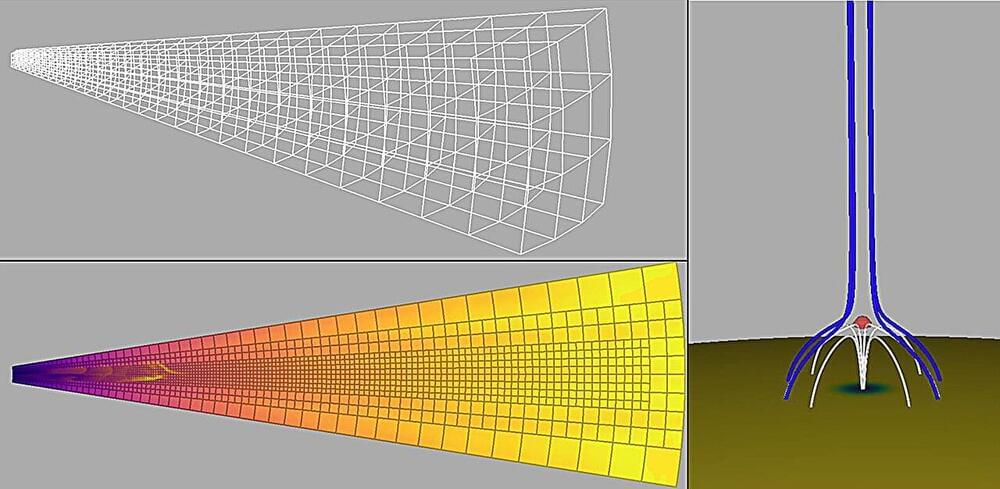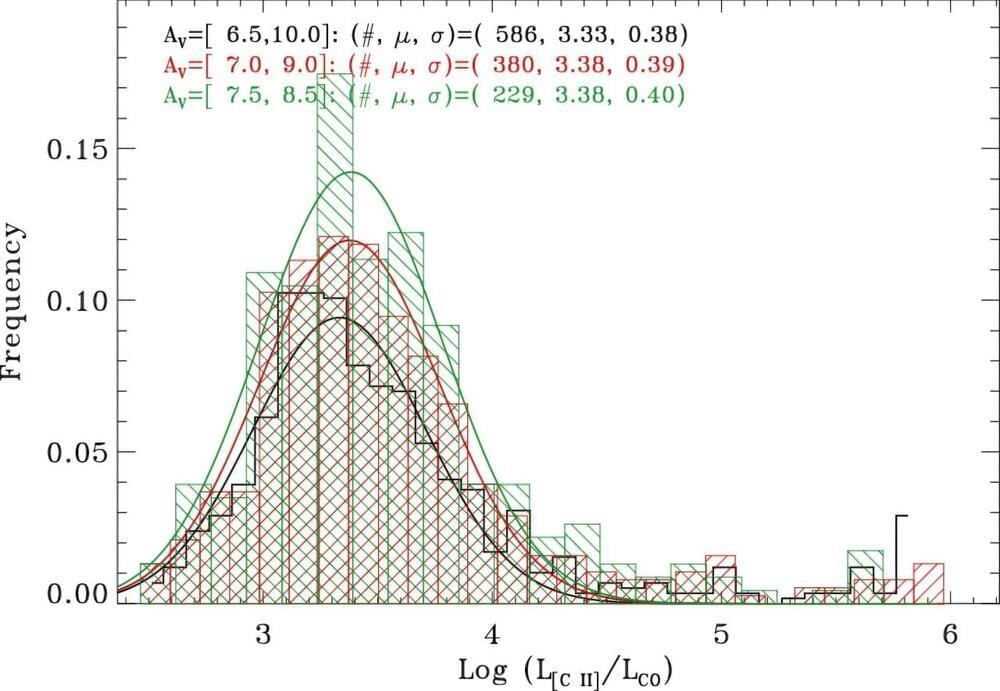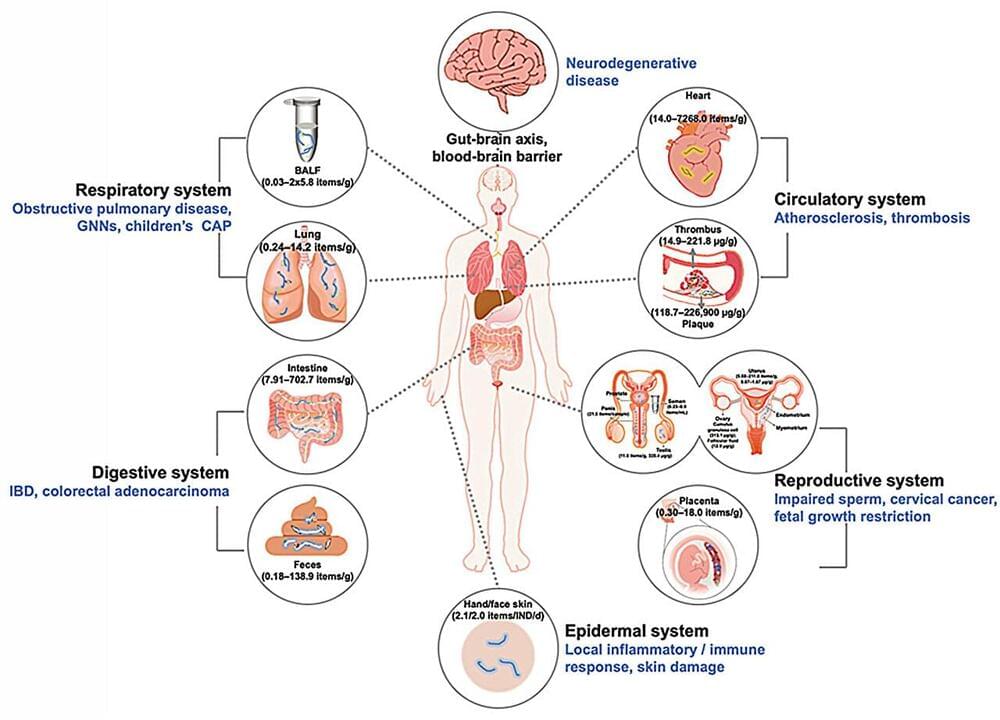NVIDIA is set to accelerate its development of humanoid robots in the next year, as Team Green is preparing to release dedicated compact computers under the “Jetson Thor” series.
NVIDIA Is Prepared To Capitalize On The “Humanoid Robotics” Hype As The Industry Is Expected To Grow Up To $195 Billion By 2029
When we talk about how AI is going to evolve from hereon, the one discussion in everyone’s mind is automated robots, primarily since AGI has taken over the industry. Now, in a report by the Financial Times, it seems like the upcoming year will likely mark the next phase of the AI hype, where robotics will play a huge role in driving the markets further on. Team Green is rumored to introduce their next-gen “Jetson Thor” computing lineup in the first half of 2025, likely acting as a catalyst in the development of humanoid robots.









